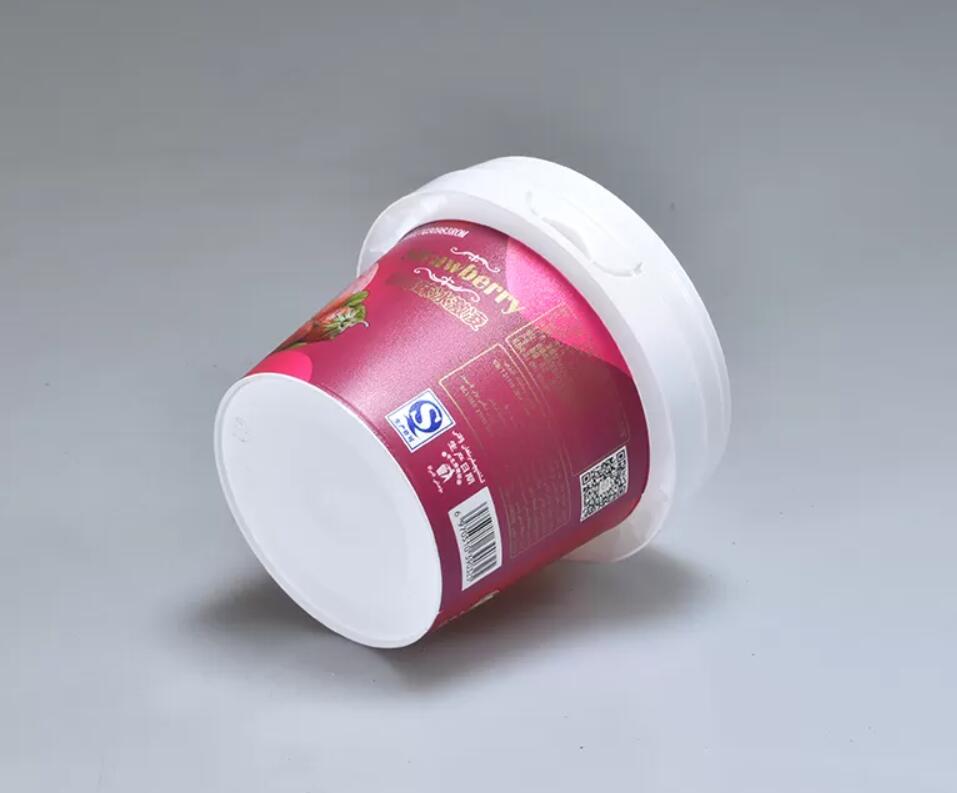What is the best packaging for ice cream delivery?
Packaging for ice cream delivery plays a crucial role in ensuring that the frozen treat arrives at its destination in the best possible condition. The packaging should maintain the product's temperature, prevent melting, and preserve its quality and texture. Here are some considerations for the best packaging options for ice cream delivery:
Insulated Boxes or Coolers: Insulated boxes or coolers are essential for maintaining the cold chain during ice cream delivery. These containers are designed to trap cold air inside and prevent warm air from entering. They provide an effective barrier against temperature fluctuations, helping to keep the ice cream frozen.
Dry Ice or Gel Packs: To further enhance temperature control, dry ice or gel packs can be placed inside the insulated container. Dry ice is a solid form of carbon dioxide that sublimates (turns directly into gas) and maintains extremely low temperatures. Gel packs, which can be pre-frozen, also help keep the temperature low and prevent melting.
Thermal Packaging Material: Using thermal packaging materials, such as reflective insulation or foam inserts, can add an extra layer of insulation to the packaging. These materials reflect heat and maintain the cold temperature inside the container.
Sealed Containers: The ice cream itself should be packed in sealed containers, such as Plastic tubs for ice cream or paper cartons, to prevent leakage and maintain its original texture and flavor. Sealed containers also prevent cross-contamination with other items in the delivery package.

Partitioning: If multiple flavors of ice cream are being delivered together, consider using partitioned packaging to keep the flavors separate and prevent them from coming into contact with one another.
Secure Lid Seals: Ensure that the lids of the ice cream containers are securely sealed to prevent any leaks during transit. Some lids come with tamper-evident seals to ensure the integrity of the product.
Secondary Packaging: In addition to the primary ice cream container, consider placing the containers in a secondary layer of packaging, such as a plastic bag or additional box. This provides an extra barrier against potential leaks or condensation.
Branding and Labeling: Clearly label the package as "Perishable" or "Keep Frozen" to alert the delivery personnel and recipients about the sensitivity of the contents. Including branding and labeling can also enhance the overall presentation of the package.
Fast Delivery: Ice cream is a perishable product, so it's important to ensure fast delivery times to minimize the time the product spends outside a controlled environment.
Quality Assurance: Conduct tests to ensure that the packaging system can maintain the desired temperature for the expected duration of delivery. Regularly review and update your packaging strategies based on customer feedback and changing weather conditions.
Ultimately, the best packaging for ice cream delivery prioritizes temperature control, insulation, and product integrity. Whether using dry ice, gel packs, insulated containers, or a combination of these methods, the goal is to ensure that the ice cream arrives at its destination in a frozen and delicious state, ready to be enjoyed by the recipients.



